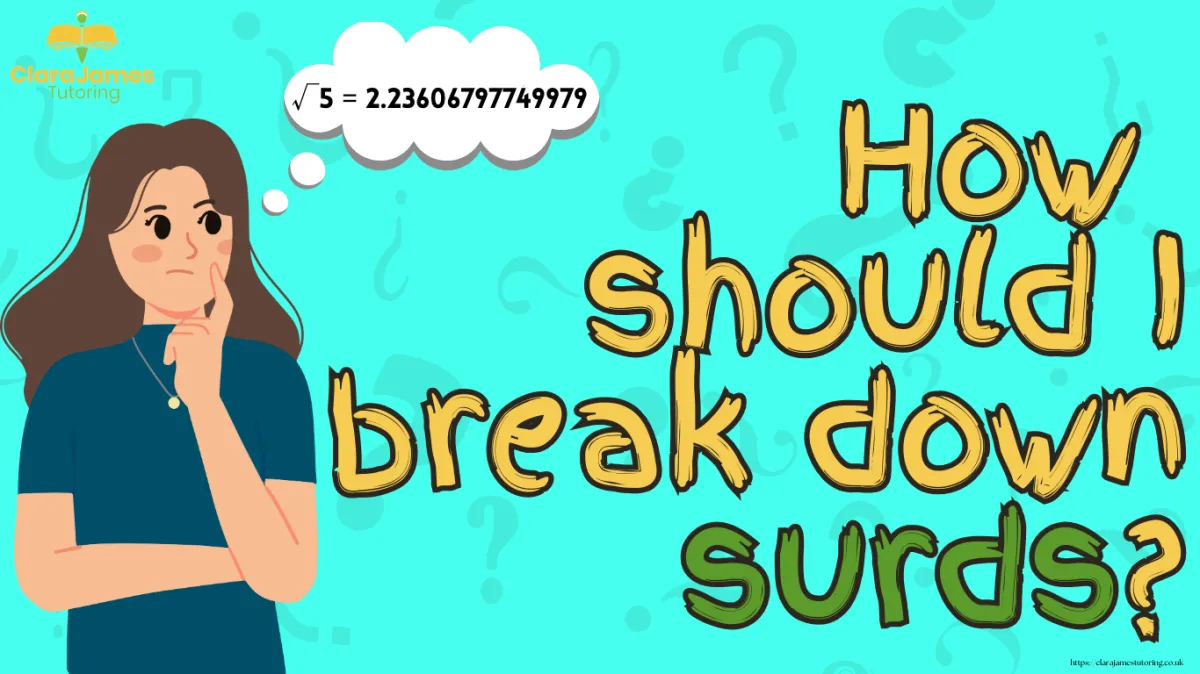
Getting to grips with Surds
Understandably, not many people like surds…
A surd is basically a number that when you square root it leaves you with a decimal.
But the key step to a surd is to simplify it first.
So, for example, if we were looking to simplify √63:
Start by writing down all of the factor pairs of 63:
1x63
(2 won’t work)
3 x21
(4 won't work)
(5 won't work)
(6 won't work)
7 x9
Seen as 7x9 is the only pair that involves a square number, we will go with that pair.
Square root the 9 and place that to the left of the surd sign, then sit the 7 underneath giving you the answer: 3√7
Once that bit is conquered, you can look at adding and subtracting surds.
If you were asked: √63 +√28 we already know that √63 is 3√7, so we just need to simplify √28.
The factor pairs of 28 are:
1x28
2x14
4x7
4x7 is the pair with the square number.
So, square root the 4 to give you 2, and place that number on the outside of the surd: 2√7.
This gives you the question: 3√7 + 2√7
3+2 =5,
the 7 stays the same,
so the answer to our question is 5√7.
To subtract, the philosophy is the same except you take one from the other instead of adding.
When you multiply surds you multiply the number on the outside by the number on the inside, so in another example we might have 3√2 x 5√7.
3x5 = 15, this goes on the outside 2x7 = 14, so this goes on the inside
To divide the principle is the same except instead of multiplying the numbers you divide.
It obviously gets harder. Like many things in maths, it lulls you into a false sense of security then turns around and bites you!!
But I hope this makes the initial steps seem easier to contend with.

